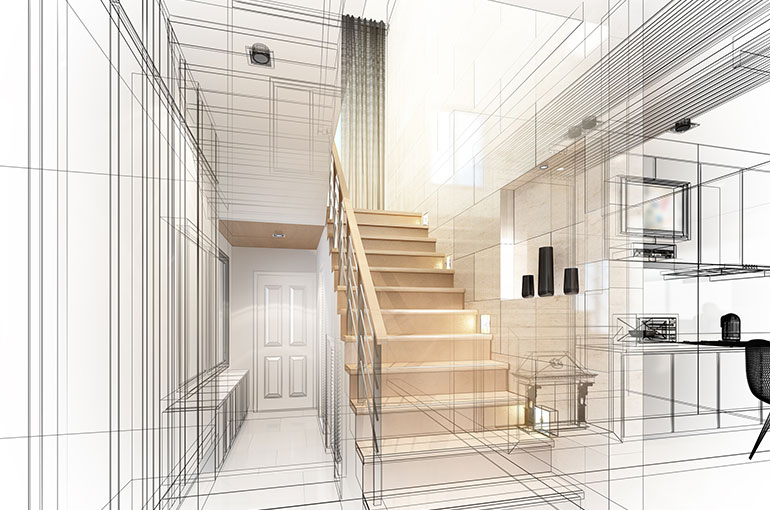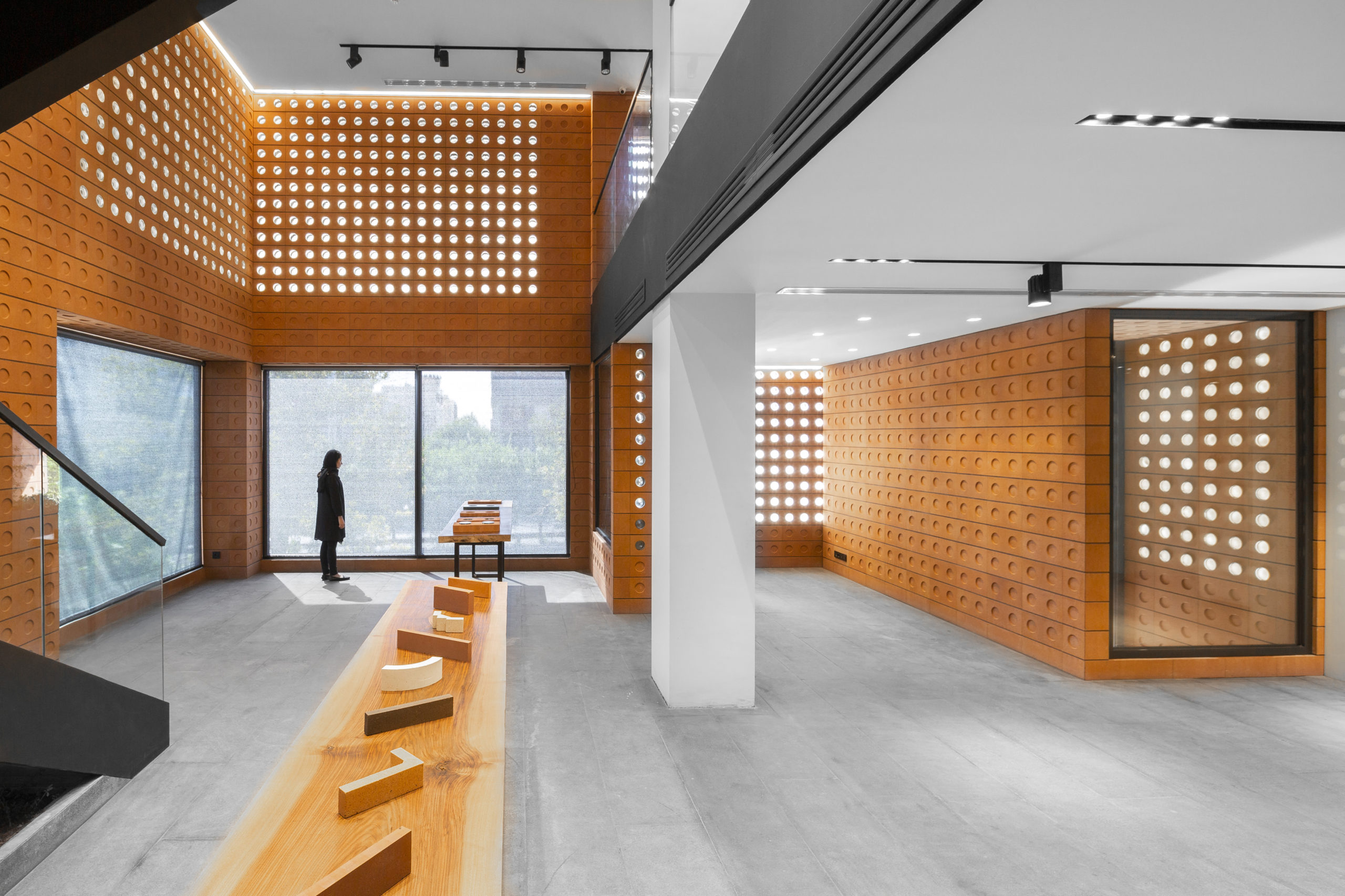The Creative Refine Behind Successful Jobs from CDA Architects
The Influence of Technical Developments on the Layout Practices of Contemporary Architects
The rapid advancement of technical tools has significantly reshaped the layout landscape for contemporary engineers, cultivating extraordinary levels of innovation and sustainability. The assimilation of Building Details Modeling (BIM), parametric layout, and fabricated intelligence has not only structured collaboration among varied groups yet also redefined task execution. As designers embrace these advancements, they are confronted with complex challenges that could affect their imaginative processes. Discovering these characteristics reveals a nuanced interaction between technology and traditional design approaches, motivating a better assessment of what the future holds for architectural methods.
Development of Architectural Tools
Just how have architectural devices changed the style and building processes over the centuries? The advancement of building devices has actually substantially influenced the performance, accuracy, and imagination of design and building. In ancient times, engineers rely upon basic tools such as plumb bobs, gauging poles, and standard geometry to produce structures. These tools laid the structure for early building method, enabling the construction of iconic frameworks, albeit with constraints in accuracy and intricacy.
With the advent of the Renaissance, the intro of the compass and the protractor noted an essential shift. These devices allowed engineers to attain better accuracy in their designs, promoting the introduction of even more complex and in proportion structures. The Industrial Revolution better revolutionized building exercise with the intro of mechanized tools and products, permitting for bigger and much more ambitious jobs.
In the 20th century, the advancement of computer-aided style (CAD) software transformed the landscape when again, supplying architects with unprecedented abilities in modeling and visualization. Today, advanced devices such as Structure Info Modeling (BIM) and parametric layout software program remain to push the boundaries of building innovation, making it possible for a more integrated strategy to style and building processes.
Improved Partnership in Design
As innovation remains to progress, improved cooperation in layout has actually ended up being a cornerstone of modern architectural practice. The combination of electronic devices such as Structure Details Modeling (BIM), cloud-based platforms, and progressed visualization software has changed the method architects, engineers, and stakeholders communicate throughout the design procedure. These devices promote real-time communication, enabling teams to share ideas, modifications, and comments instantly, despite geographical location.

In addition, interdisciplinary partnership has actually been structured through these technical advancements, allowing designers to work extra closely with various other specialists, such as urban organizers and environmental professionals. The outcome is a more cohesive strategy to make that takes into consideration various point of views and know-how. Inevitably, boosted cooperation in style is not just a fad; it is crucial for creating ingenious, useful, and aesthetically pleasing design in an increasingly intricate world.

Sustainability Via Technology
Sustainability in architecture has progressively ended up being linked with technological innovation, driving the industry towards environmentally responsible techniques. Contemporary designers are leveraging advanced technologies to reduce ecological influence while boosting the efficiency of structures. cda architects. One famous instance is the use of Building Info Modeling (BIM), which enables for specific preparation and resource allowance, minimizing waste during building and promoting energy performance throughout a building's lifecycle
In addition, clever materials and energy-efficient systems are being incorporated into styles to maximize resource use. Technologies such as solar batteries and eco-friendly roof harness sustainable energy resources, adding to lowered carbon impacts. In addition, the application of artificial knowledge in style processes enables architects to replicate and analyze energy usage, directing choices towards more lasting end results.
The combination of lasting modern technologies not only lines up with international ecological goals however likewise fulfills an enhancing demand from consumers for environment-friendly services. As architects welcome these technologies, the emphasis moves towards creating areas that are not just cosmetically pleasing but likewise functionally lasting, therefore redefining the standards of modern-day design. By doing this, modern technology works as a driver for sustainability, enabling architects to design structures that respect and enhance the natural surroundings.
Difficulties in Execution
While technological developments in style hold wonderful guarantee for improving sustainability, their execution typically runs into significant challenges. One primary barrier is the steep learning contour related to brand-new innovations. Architects and construction professionals might require comprehensive training to effectively use innovative software and devices, which can postpone job timelines and boost costs.
Additionally, view the combination of emerging modern technologies, such as Structure Details Modeling (BIM) and lasting products, typically necessitates partnership throughout multidisciplinary groups. This partnership can be impeded by differences in expertise, process, and interaction styles, leading to potential problems and inadequacies.

In addition, regulative structures and building ordinance may not equal technological innovations, creating uncertainty and possible conformity issues. This challenge can prevent designers from fully embracing new innovations, as the danger of non-compliance might exceed the advantages. Therefore, dealing with these application difficulties is important for the effective integration of technological improvements in modern architectural techniques.
Future Patterns in Design
The challenges linked with the implementation of new technologies in architecture have actually prompted a reevaluation of future patterns within the sector - cda architects. As architects navigate problems such as sustainability, urbanization, and social equity, they are increasingly embracing cutting-edge technologies to boost design performance and environmental performance
One famous pattern is the assimilation of fabricated knowledge (AI) in the style procedure. AI tools can examine large datasets to inform style choices, improving both creative thinking and functionality. Structure Details Modeling (BIM) continues to progress, making it possible for real-time cooperation amongst stakeholders and assisting in structured task administration.
Sustainable style practices are likewise obtaining energy, with engineers focusing on adaptive reuse and regenerative style principles that minimize source intake and waste. The consolidation of clever products and renewable resource resources will further boost the resilience of structures despite climate change.
Additionally, the increase of parametric design permits for more personalized and context-sensitive building remedies (cda architects). By discover this harnessing these developments, architects are positioned to produce developed settings that not just deal with the immediate requirements of society however also anticipate future obstacles, therefore redefining the duty of style in an ever-changing globe
Final Thought
Technological advancements have significantly reshaped building style techniques, assisting in improved precision, partnership, and sustainability. The combination of devices such as Building Information Modeling and parametric style software, together with synthetic intelligence and smart products, empowers architects to resolve complex difficulties extra successfully.